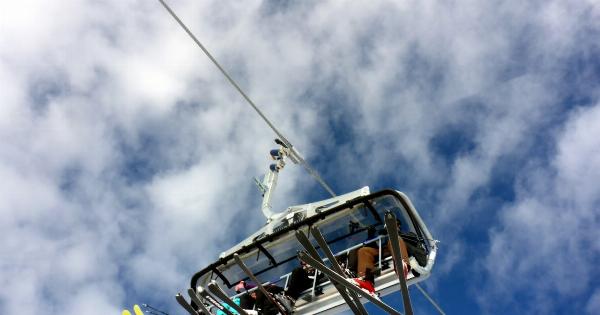Altruism can be defined as the concern for the welfare and well-being of others, even at the expense of one’s own interests.
It goes against the conventional wisdom of the survival of the fittest, and yet, altruistic behavior is observed and appreciated in many cultures around the world. The question is, where does altruism come from? Is it an innate human trait or a learned behavior? Scientists have been studying the neural basis of altruistic behavior to gain a better understanding of this phenomenon.
The Role of the Brain in Altruistic Behavior
Research has shown that the brain plays a crucial role in shaping altruistic behavior. Specifically, a part of the brain called the prefrontal cortex (PFC) is believed to be involved in regulating social behavior, including altruistic acts.
The PFC is responsible for processing social information from the environment and integrating it with the individual’s own emotional and cognitive processes.
Studies using brain imaging techniques such as functional magnetic resonance imaging (fMRI) have shown that when individuals engage in prosocial behavior, such as donating to charity or helping others in need, there is increased activity in the PFC.
In particular, the ventromedial prefrontal cortex (vmPFC) and the dorsolateral prefrontal cortex (dlPFC) have been implicated in altruistic behavior.
The Ventromedial Prefrontal Cortex and Altruism
The vmPFC is a region of the prefrontal cortex involved in emotional processing and decision-making. It has been shown to be active when individuals engage in altruistic behavior, such as donating money to charity.
Researchers have also found that damage to the vmPFC can lead to a decrease in altruistic behavior.
One study conducted by Jorge Moll and colleagues in 2006 investigated the neural basis of altruistic behavior in a group of volunteers.
The researchers asked the volunteers to make a difficult moral decision involving donating money to either a children’s hospital or a homeless shelter. The results showed that those who donated to the children’s hospital had increased activity in the vmPFC compared to those who donated to the homeless shelter.
This suggests that the vmPFC may be specialized for processing information related to the welfare of others.
The Dorsolateral Prefrontal Cortex and Altruism
The dlPFC is another region of the prefrontal cortex that has been implicated in altruistic behavior. It is involved in cognitive control, including decision-making and self-regulation.
Studies have shown that the dlPFC is active when individuals engage in prosocial behavior, such as donating money to charity or helping others in need.
A study conducted by Carolyn Zahn and colleagues in 2015 investigated the role of the dlPFC in altruistic behavior. The researchers used a task in which participants could either keep a sum of money or donate it to a charity of their choice.
The results showed that those who donated to charity had increased activity in the dlPFC compared to those who kept the money for themselves. This suggests that the dlPFC may be involved in weighing the costs and benefits of altruistic actions and regulating self-interest.
The Role of Neural Networks in Altruistic Behavior
While the prefrontal cortex is an important region for regulating social behavior, it is not the only brain region involved in altruistic behavior.
Studies have shown that a network of brain regions, collectively known as the social brain network, is involved in processing social information and mediating social behavior.
The social brain network includes regions such as the amygdala, the superior temporal gyrus, and the posterior cingulate cortex.
The amygdala is involved in processing emotions, while the superior temporal gyrus is involved in social cognition and empathy. The posterior cingulate cortex is involved in self-referential processing and social cognition.
Studies have shown that when individuals engage in altruistic behavior, there is increased activity in the social brain network.
For example, a study conducted by Tania Singer and colleagues in 2004 investigated the neural basis of compassion meditation, a practice that involves cultivating feelings of warmth and caring for oneself and others. The results showed that compassion meditation led to increased activity in the social brain network, including the prefrontal cortex, the amygdala, and the posterior cingulate cortex.
Conclusion
In conclusion, the neural basis of altruistic behavior is complex and involves multiple brain regions and networks.
The prefrontal cortex, particularly the vmPFC and the dlPFC, play an important role in regulating social behavior, including altruistic acts. The social brain network, which includes regions such as the amygdala, the superior temporal gyrus, and the posterior cingulate cortex, is involved in processing social information and mediating social behavior.
Overall, the study of the neural basis of altruistic behavior provides insights into the cognitive and emotional processes that underlie prosocial behavior.
Understanding these processes can help us to promote and encourage altruistic behavior, ultimately leading to a more compassionate and empathetic society.


























